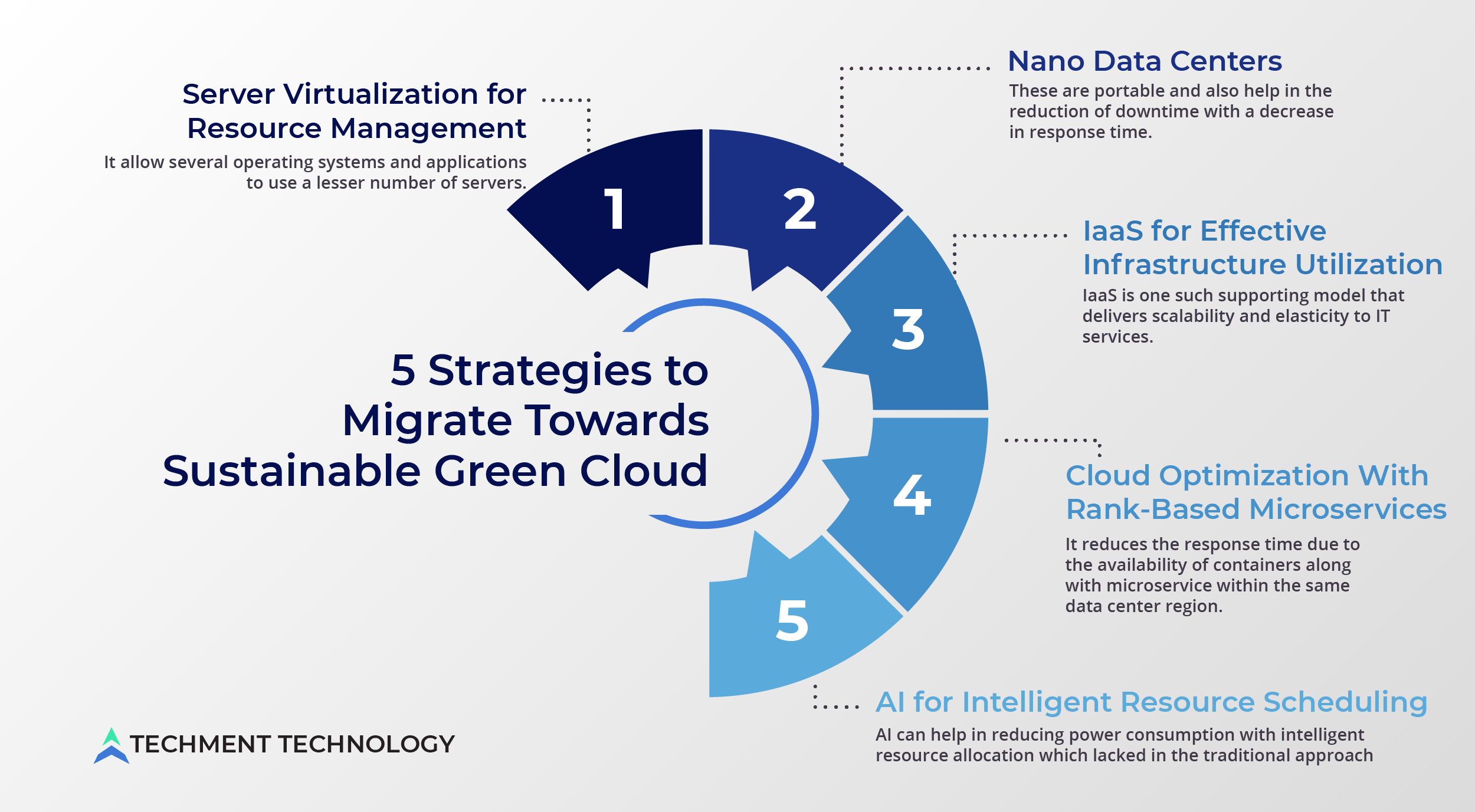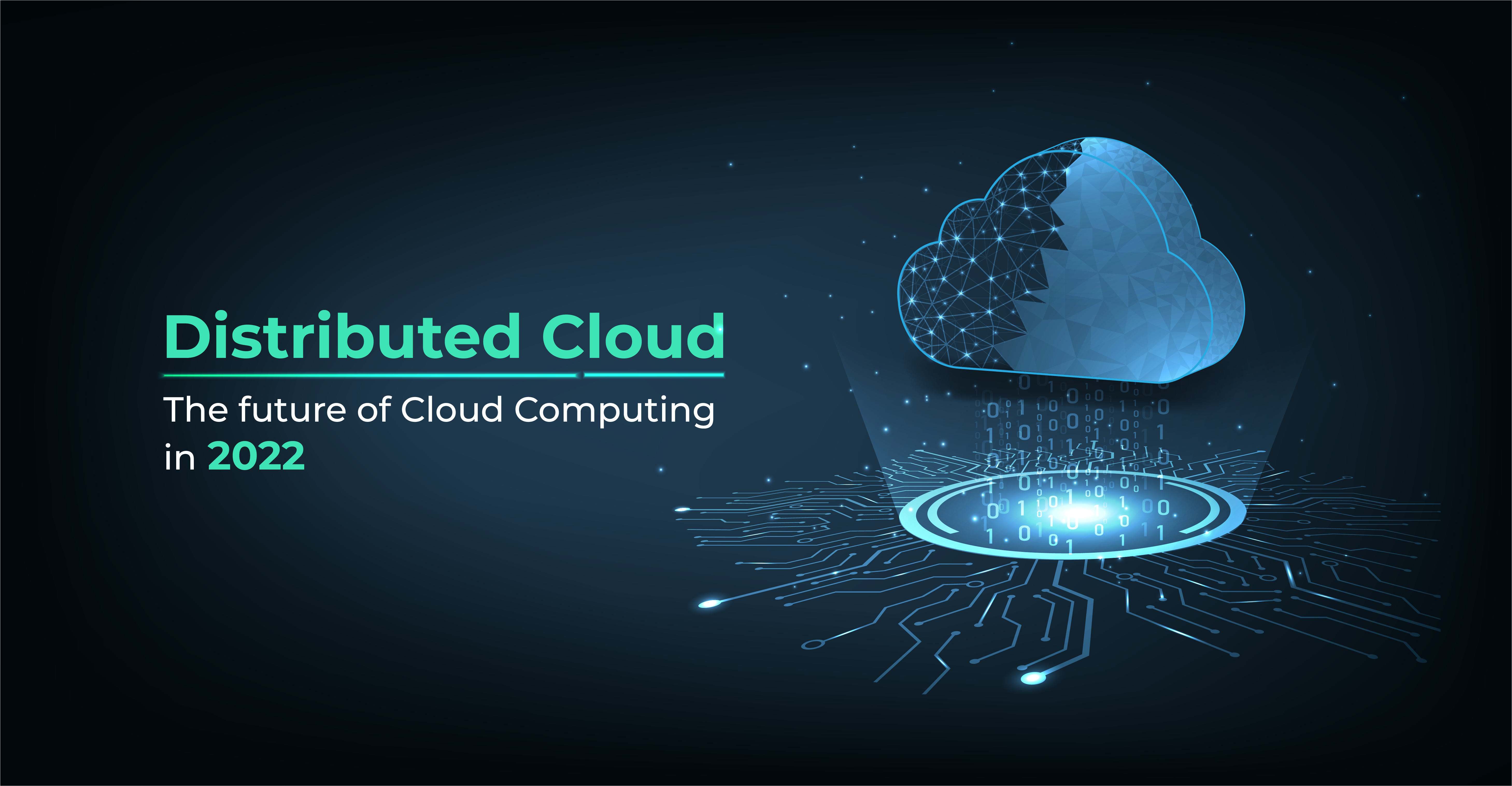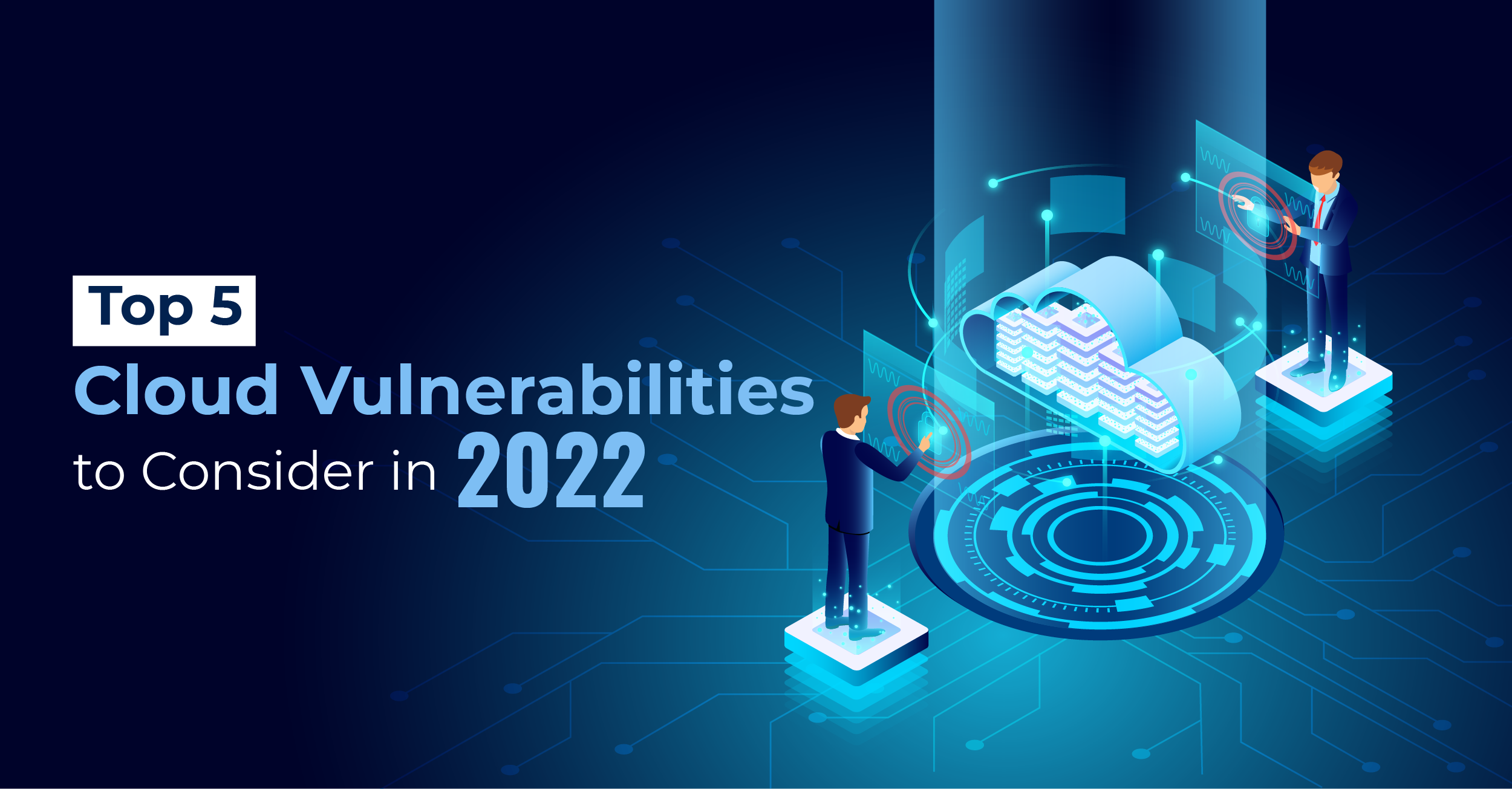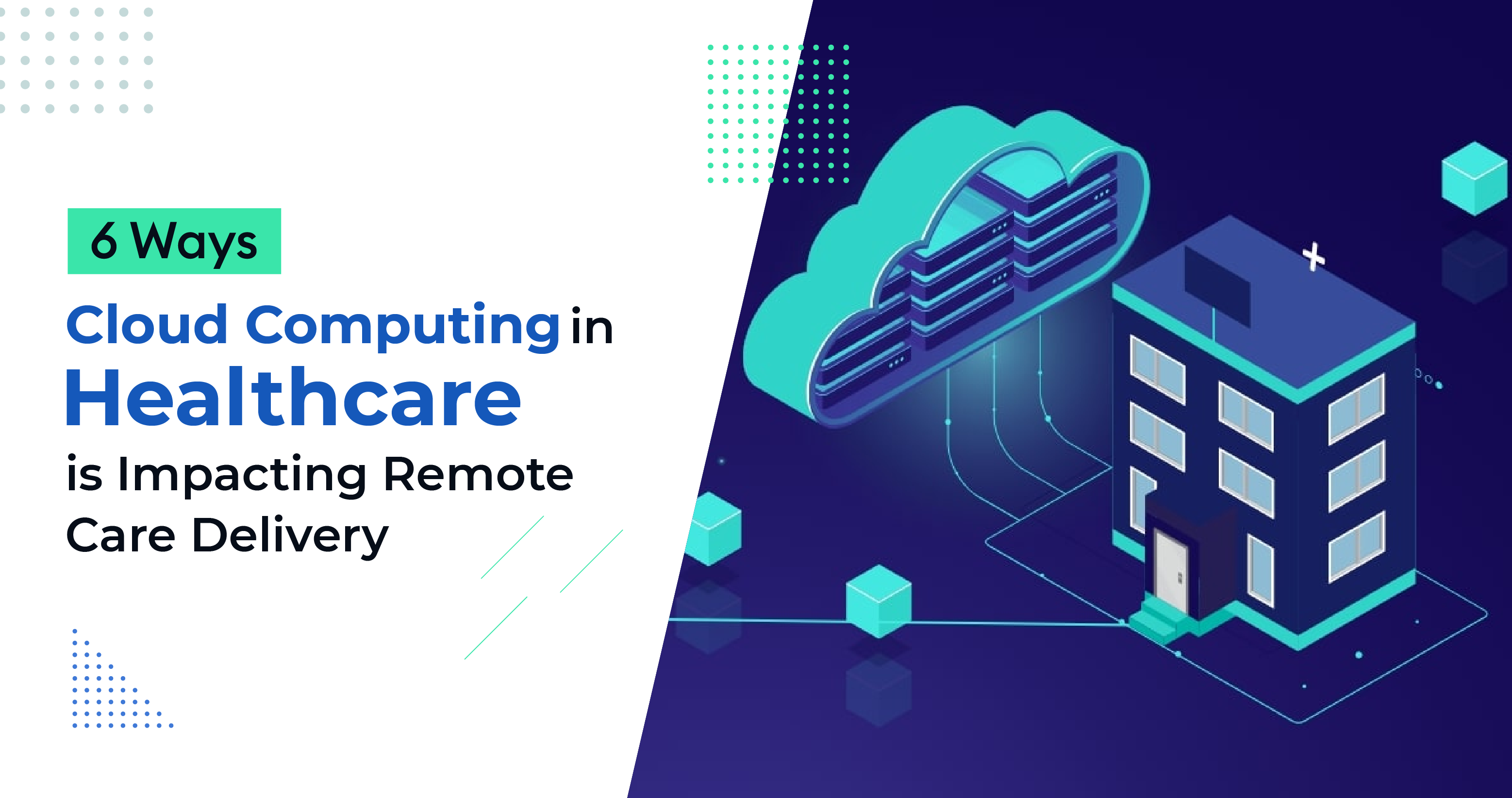Reconsider Designs and Practices for Green Cloud
Cloud computing is well known for its lower investment risks, lower cost, increased availability, and lower time-to-market, and so is preferred over on-premise infrastructure. While on-premise is completely infrastructure (servers and other hardware requirements) dependent on high energy consumption. Different servers consume energy at different rates and the carbon footprints are higher as compared to cloud computing. On-premise servers are 29% less efficient in terms of power consumption as compared to cloud data centers.
Migration onwards cloud is more efficient in terms of energy consumption and CO2 emission has significantly reduced because of aggregated computing and its ability to shift workloads. With growing concerns of excessive carbon emission Tech and Telecom companies have partnered with the United States Environmental Protection Agency (EPA) for 100% green power usage.
One of the biggest challenges in cloud computing is the optimization of energy utilization hence the emergence of green cloud computing came into existence. Green cloud computing is the process that involves designing, producing, and utilizing digital resources using cloud storage in a manner that reduces the negative impact on the environment.
A new forecast from International Data Corporation (IDC) shows that continued cloud adoption could prevent the emission of more than 1 billion metric tons of carbon dioxide (CO2) from 2021 through 2024.
Cloud providers like Amazon Web Services (AWS), Google, and Microsoft have planned to migrate towards eco-friendly operations and launch initiatives to go green as AWS plan to power its operation with 100% renewable energy by 2025 and Microsoft plans to cater 70% of the need for data centers through sustainable energy by 2023.
Optimization of Green Cloud Computing
Some considerations for green cloud computing are design, operational considerations, and energy consumption considerations, which form the four pillars of green cloud computing.
- Energy Resources: This consideration comes under cloud providers’ control where cloud infrastructure is powered by renewable energy.
- Energy Efficiency: Tech giants like Microsoft have adopted effective approaches of cooling like building data centers underwater to make cloud infrastructure energy efficient.
- Number and Size of Servers: Organizations can optimize the performance of their applications and reduce the number of servers ultimately reducing the storage and decreasing the carbon footprint.
- Reducing the Data Transfer: By optimizing the caching process, reloading only the needed components, and prioritizing mobile-first experience, the data required can be reduced.
These infrastructures are optimized to minimize energy consumption which organizations can adopt to minimize carbon emission.
5 Strategies to Migrate Towards Sustainable Green Cloud
Cloud providers are going green and adopting net-zero practice (practice for carbon neutrality or reduction of carbon dioxide in the environment) so that IT infrastructure can also be modified. Cloud migration with a net-zero objective will not only reduce environmental damage but build a sustainable green cloud for the future.
Not all cloud practices will be energy efficient, but considering these strategies will support the green cloud ambition:

1. Server Virtualization for Resource Management: Virtualization is the answer to resolving huge power consumption by data centers. The principle behind virtualization is, using a single piece of resource as multiple parts to make efficient use of resources (including energy). Data centers must build virtual infrastructures that allow several operating systems and applications to use a lesser number of servers. Such virtualization has a direct impact on energy efficiency in the following ways:
- This provides automatic failover for virtualized applications.
- Resource allocation is managed.
- Server utilization increases significantly so this implies less server requirement.
2. Nano Data Centers: These are data centers that are distributed around the world and are energy efficient as they are smaller in size than the usual ones and are more frequent in numbers. These nano data centers are portable and also help in the reduction of downtime with a decrease in response time.They also have high service proximity and have the capacity for self-adaptation or self-scalability.
3. IaaS for Effective Infrastructure Utilization: As-a-service with the cloud has always been the best option to utilize resources and IaaS is one such supporting model that delivers scalability and elasticity to IT services. In data centers, the main processing element is the virtual machine (VM) and it is important to reduce energy consumed by it.
These VMs are consolidated in a lesser number of hosts and other hosts are turned off by migrating loads to active hosts. So with the IaaS cloud, overall energy consumption is reduced.
4. Cloud Optimization With Rank-Based Microservices: Organizations appreciating greener cloud computing are adopting green cloud optimization to protect the environment. Cloud services are widely shifting from a monolithic architecture to microservices because of the flexibility of service delivery which needs to be revised for green cloud computing.
A number of interdependent microservices run in cloud nodes and creating a rank-based profile for these microservices by provisioning containers and distributing them across different nodes before execution of cloud service results in less energy consumption. This also reduces the response time due to the availability of containers along with microservice within the same data center region.
5. AI for Intelligent Resource Scheduling: AI can help in reducing power consumption with intelligent resource allocation which lacked in the traditional approach. Due to variations in requests from cloud users resource scheduling is an important factor in reducing energy consumption. Resource scheduling is a key issue in data centers which an AI-enabled technology reschedules through smart decision-making features.
Green cloud computing is a concept that is pursued to save our eco-culture and is evolving. Not only carbon emission reduction, but the green cloud can also save billions of dollars in terms of energy. It’s more about finding energy-saving digital ways i.e., change in infrastructure, data storage, deployment, etc. which will help reduce carbon emission and also bring down the enterprise cost.
Green Cloud Requires Re-architecting Cloud Computing Practices
Many organizations think the effectiveness of cloud migration is good enough and further optimized and carbon footprint is still a blind spot for many. Many companies are so focused on efficiency and the customer-centric parts of their business that they don’t have enough resources to devote to the many internal efficiency departments and optimization opportunities. But today’s stakeholders, employees, and investors expect more when it comes to the organization’s sustainability commitments.
Committing to migrate towards green cloud computing requires strategic planning of development, deployment, and resource allocation, and eco-culture. Since the majority of organizations have already moved and are still moving towards the cloud. Apart from being an environment-friendly solution this also meets all business requirements.
We too believe in optimizing the cloud computing practices and being a part of the green cloud and guiding our team for best practices internally. To develop better and energy-efficient cloud architectures is our aim for being recognized as an energy-efficient organization. To get a free consultation on how to proceed towards the green cloud contact us.
 All Posts
All Posts


